Sponsored
![Micronesian Englishes - (Dialects of English [Doe]) Annotated by David Britain & Kazuko Matsumoto & Dominique Hess & Tobias Leonhardt & Sara Lynch - 1 of 1](https://target.scene7.com/is/image/Target/GUEST_9adde785-25b8-4e19-babc-9f6fd65aedc4?wid=300&hei=300&fmt=pjpeg)
Micronesian Englishes - (Dialects of English [Doe]) Annotated by David Britain & Kazuko Matsumoto & Dominique Hess & Tobias Leonhardt & Sara Lynch
Pre-order
Sponsored
About this item
Highlights
- Despite increasing interest both in the nativisation of 'world' Englishes and in the study of 'lesser-known' varieties, some English-speaking areas are still entirely unexplored.
- About the Author: D. Britain, D. B. Hess, T. Leonhardt, S. Lynch, Bern, Switzerland; K. Matsumoto, Tokyo, Japan.
- 300 Pages
- Language + Art + Disciplines, Language Arts
- Series Name: Dialects of English [Doe]
Description
About the Book
The Dialects of English series provides concise, accessible, authoritative, and up-to-date documentation for varieties of English, including English-based pidgins and creoles, from all over the English-speaking world. Written by experts who have conducted first-hand research, the volumes are the most obvious starting point for readers who would like to know more about a particular regional, urban or ethnic variety. The volumes follow a common structure, covering the context in which one clearly defined variety of English (or a number of closely related varieties) has been established as well as their phonetics and phonology, morphosyntax, lexis and social history. Each volume concludes with an annotated bibliography and some sample texts.
Book Synopsis
Despite increasing interest both in the nativisation of 'world' Englishes and in the study of 'lesser-known' varieties, some English-speaking areas are still entirely unexplored. One such area is Micronesia. English became a/the official language of the various Micronesian islands between 1892 and 1945, yet, beyond a couple of recent papers, there have been no published accounts whatsoever of the linguistic structure or sociolinguistic history of these territories.
This book, based on empirical analyses of large corpora of spoken data from Palau, Guam, Saipan, Kosrae, Nauru, Kiribati and the Marshall Islands, examines both the structure -phonology, morphosyntax, lexis, discourse - as well as the sociolinguistic history and status of English in each territory. Each chapter takes into account possible substrate influence on these emerging Englishes, as well as contextualising the position of English with respect to other colonial and immigrant languages. The book also contains a chapter on the use of English in pre-20th century Micronesia - when it was used across the islands by whalers, beachcombers and missionaries - as well as a chapter examining the similarities and differences across the different new Micronesian Englishes.
About the Author
D. Britain, D. B. Hess, T. Leonhardt, S. Lynch, Bern, Switzerland; K. Matsumoto, Tokyo, Japan.Shipping details
Return details
Frequently bought together
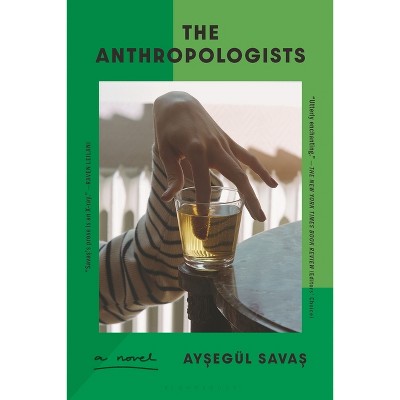
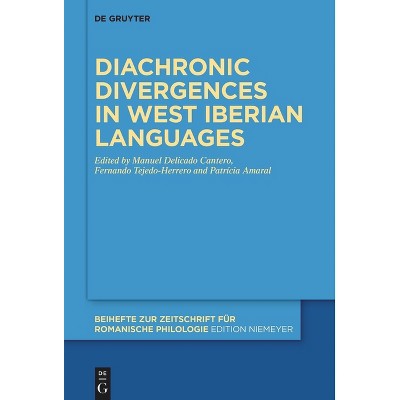
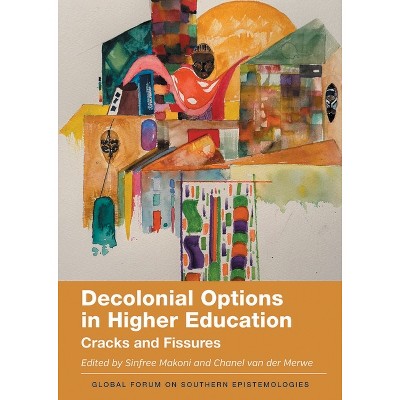
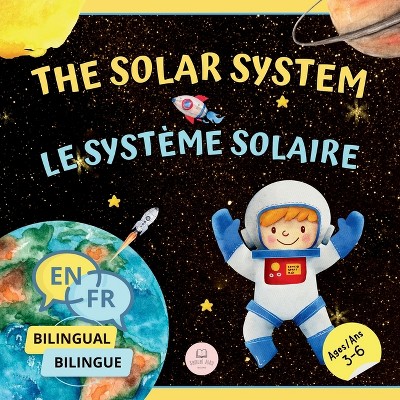
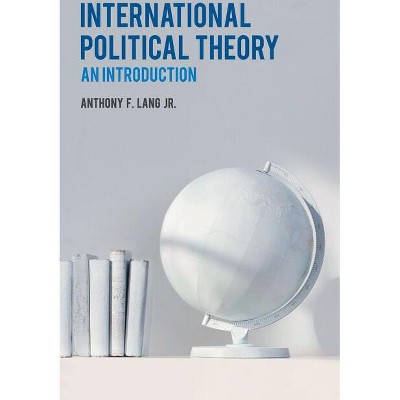






![East Anglian English - (Dialects of English [Doe]) by Peter Trudgill (Paperback)](https://target.scene7.com/is/image/Target/GUEST_c7d6e704-00a2-453f-9560-4865e6ff158c)

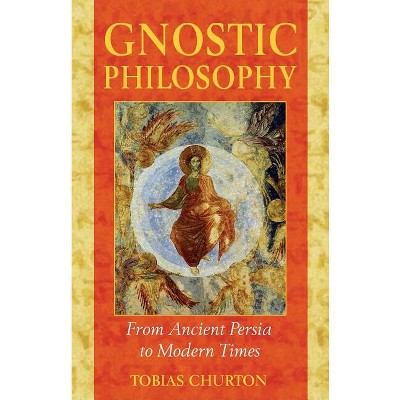

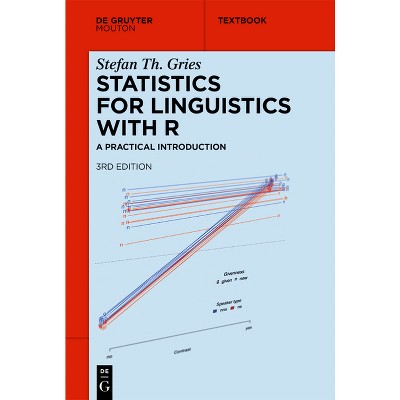
![Dialects in Contact in Egypt - (Trends in Linguistics. Documentation [Tildoc]) by Saudi Sadiq (Hardcover)](https://target.scene7.com/is/image/Target/GUEST_ac6863d1-861a-4ed7-aa23-03a73aafefce)